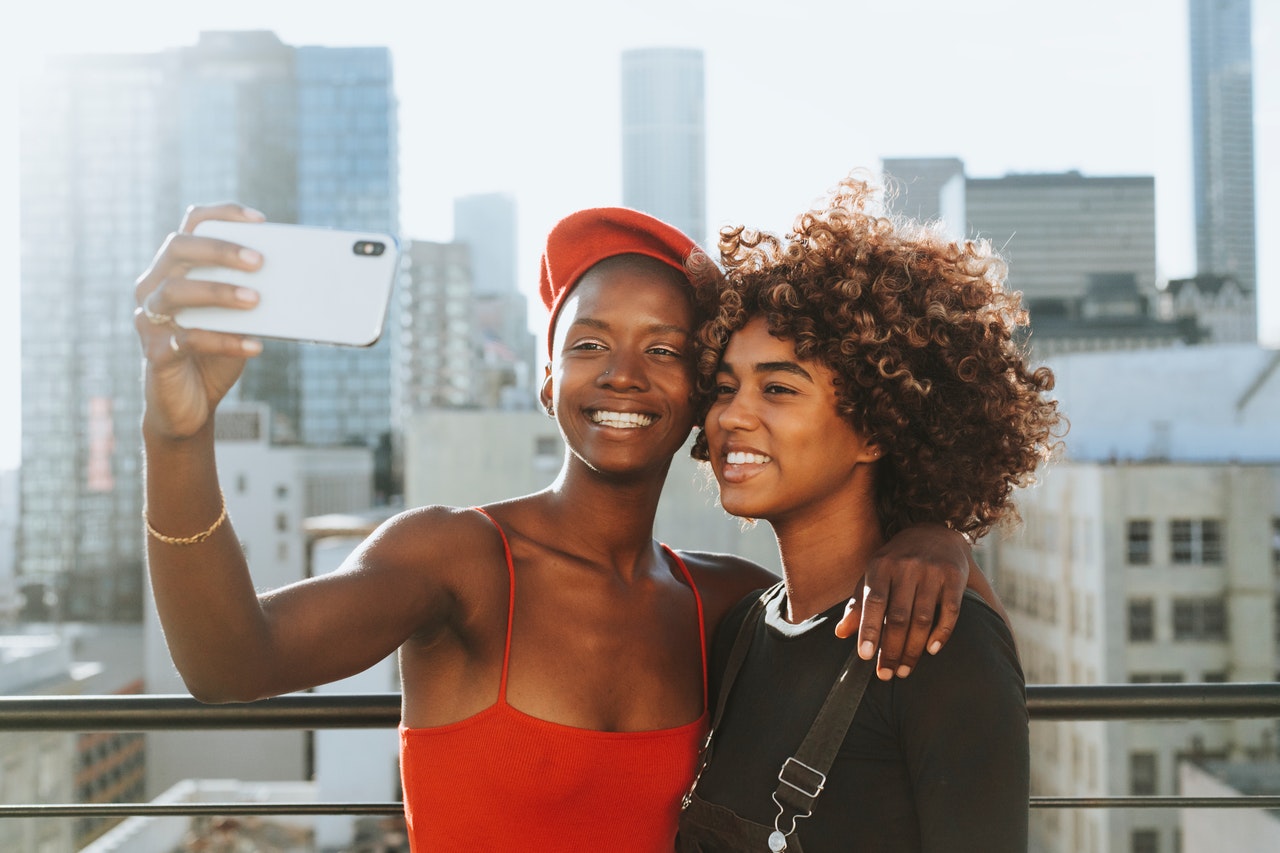The Role of Technology in the Development of Selfies
February 2, 2023
Selfies have become an integral part of modern culture, with people of all ages taking and sharing pictures of themselves on a daily basis. The development of technology has played a significant role in the evolution of selfies, from the first recorded self-portrait in 1839 to the high-quality images we have today. Here is a look at the role of technology in the development of selfies.
The First Selfie
The first recorded selfie is believed to have been taken in 1839 by Robert Cornelius, an American amateur photographer. Cornelius set up his camera in his family’s Philadelphia store and took a self-portrait by removing the lens cap and running into the frame. This primitive selfie was the first of its kind and paved the way for the selfies we know today.
The Evolution of Cameras
As cameras became more advanced, so too did the quality of selfies. The development of film cameras, digital cameras, and smartphone cameras has allowed people to take higher quality selfies and share them more easily. The rise of social media in the early 2000s also made it easier for people to share their selfies with a wider audience.
The Role of Photo-Editing Tools
In addition to the evolution of cameras, the development of photo-editing tools has also played a role in the development of selfies. From filters to facial retouching, these tools allow people to alter their selfies to present themselves in the best possible light. While this can be fun and enjoyable, it can also contribute to the pressure to look perfect and the development of negative body image.
How To Take Beautiful Pictures Like Celebrities
To take beautiful pictures like celebrities, you can try the following tips:
- Use good lighting: As previously mentioned, natural light is the best option. Soft and diffused light will create a flattering and natural-looking illumination on your subject.
- Experiment with angles: Try taking photos from different angles to find the most flattering one for your subject. For example, a slight tilt of the head or a slight turn of the body can make a big difference in the final image.
- Use a good camera: A high-quality camera with a good lens will help you capture high-resolution images with a lot of detail.
- Pay attention to composition: Consider the rule of thirds and the use of negative space to create a balanced and visually pleasing image.
- Use editing software: Use editing software like Adobe Lightroom or Photoshop to touch up your photos and make them look professional. Adjust the brightness, contrast, and color balance as needed.
- Collaborate with a professional photographer: A professional photographer can help guide you in creating the perfect composition and lighting, and they can also offer you valuable feedback and suggestions on how to improve your photos.
- Practice: Like everything, practice is key. Keep taking pictures, experimenting with different lighting, angles, compositions, and settings to find your style and what works best for you.
Conclusion
The development of technology has played a significant role in the evolution of selfies, from the first recorded self-portrait in 1839 to the high-quality images we have today. From the evolution of cameras to the rise of photo-editing tools, technology has greatly impacted the way people take and share selfies.